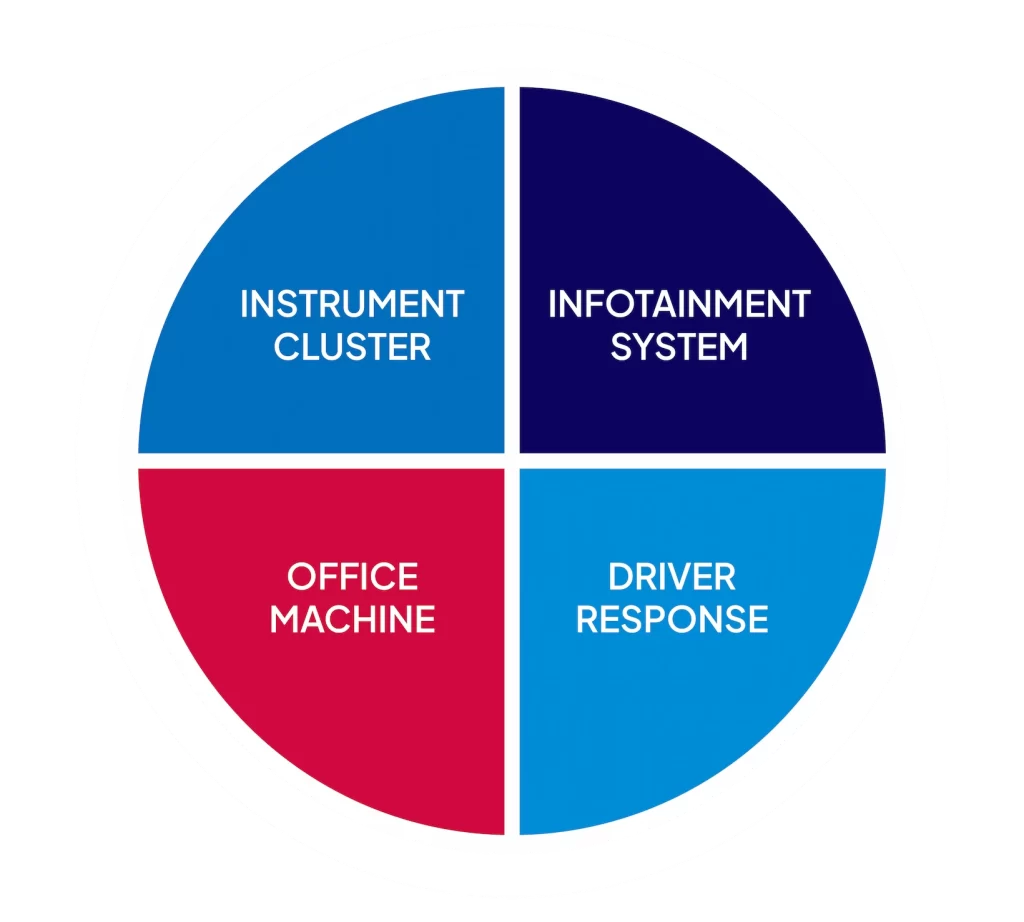Simulate human senses such as sight, hearing, and movement for an accurate and comprehensive test report
Background of the Problem
Without a doubt, quality assurance is one of the most important and essential processes in the development of a product. With this, the highest form of quality assurance is one that mimics human interaction the closest.
However, several factors have forced product developers to be able to keep up with the pace when rolling out their products, while maintaining good quality in each and every release. These factors include an increasing number of competitors, quick changes in market trends, and more visible customer feedback.
Objective, Solution and How We Do It:
Through the ATR, we can help you optimize your test speed and coverage. Save effort by increasing the speed of your testing through its various automation features, from test case creation, execution, and result and evidence recording. Ensure consistent quality by automating items in your regression tests, while also maintaining consistent execution of those prior to every release.
- Automate image, sound, and video recognition. Image, sound and video verification is made easier for you — whether through pre-trained models on artificial neural, networks, or custom model for your needs.
- Supports Human Activity Recognition (HAR). The ATR can recognize human activity by analyzing the face, hands, body and feet movement.
- Easy Scripting. Scripting is made easier thru keyword and data-driven approach. It supports familiar operations such as drag-and-drop and copy-and-paste.
- Support Different Device Types across Industries. It can test instrument cluster panels, infotainment systems, medical equipment, and office machines.

Tech Stack:
- Solutions: Computer Vision, AWS Test Robot
- Services: Test Automation
Other Case Studies:
- Instrument Cluster: With native support for analog meter reading, ATR is used to test instrument panel clusters by sending CAN/LIN commands and digital signals to simulate hardware switches.
- Automobile Infotainment System: Tested and controlled infotainment systems by simulating touch and hardware keys through device driver, sending voice commands to system and listening for sounds, and controlling mobile devices that are paired with the system.
- Multifunction Printers: Control hardware keys using digital signals send over PCI and verify printed materials.
- Driver Response: Together with in-vehicle HMI, ATR quantifies the effectiveness of HMI using “pose estimation,” and measures and records driver’s response to various events based on the position and movement of head, arms, and legs.














